
impact cratering
The evolution of a planetary surface is dominated by the following processes:

impact cratering
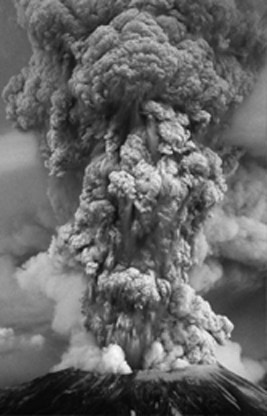
tectonic activity
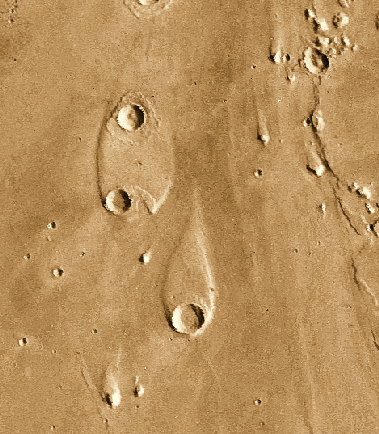
erosion
Note that this list is also in temporal order since impact cratering occurs first, followed by tectonic activity and then erosion. Also note that all the planets receive the same amount of impacts from remnant debris in the early Solar System. But that the amount of tectonic activity and erosion varies from planet to planet.
Impact cratering:
After the formation of the planets some 4.5 billion years ago there was a tremendous amount of leftover material. This material was in the form of icy rocks that had various orbits out to the cometary Oort cloud. Often these orbits intersected with the forming planets and hence would impact on the newly formed surfaces with a great deal of kinetic energy.
While the surfaces were molten, these impacts would have just added more material to the planet (in fact, some of the H2 and CO2 in the mantle comes from early comet impacts). But as the planets cooled, the crust would have cooled and solidified first. Later impacts would have either 1) created craters or 2) burst through the crust to the mantle to release lava to form basins. Note that as time pasts and the planet cools, crust becomes thicker and impacts that form basins become rarer. Basins will be filled in, partially, with later cratering.
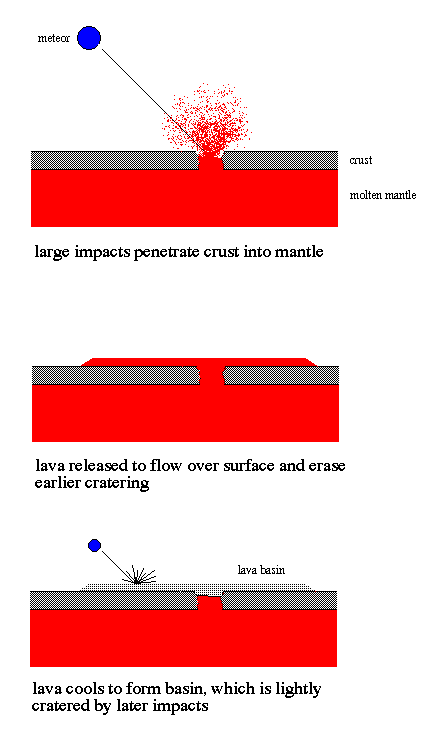
Planets with old surfaces have large amounts of impact cratering. Planets with young surfaces (young meaning later changes) have little evidence of the early epoch of cratering. Most impact basins were later destroyed due to more impacts (the smooth terrain was cratered) with the exception of the Moon, whose nearside was shielded by the Earth.
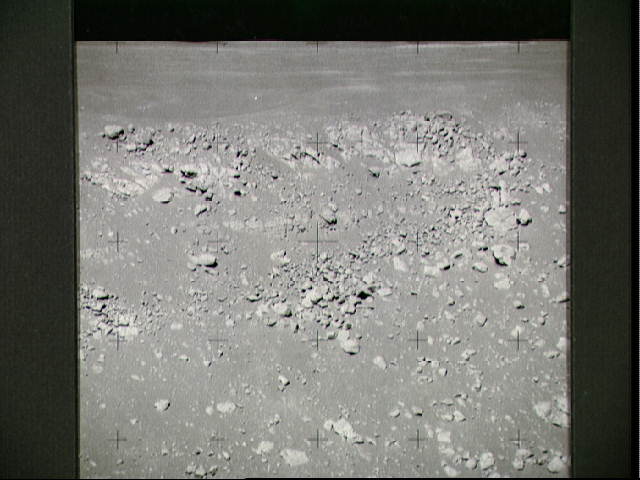
Typically the surface of airless worlds will display rock fragments which have been violently broken and recemented. They are highly irregular and angular and are called breccia. Due to the fact that impacts continue well beyond the initial era of a planetarys evolution when it was warm and molten, the surface of most airless worlds are covered a layer of rubble and fine dust called regolith.
Tectonic Activity:
The amount of tectonic activity on a planet is controlled by the amount of heat stored in the planets interior after formation. The larger the amount of heat, the more energy stored that is transfered to the surface in the form of geological activity. Although the process of tectonic activity is still mostly unknown (see a Geology course), the connection between interior heat and activity is supported by the observations of the Galilean satellites where the inner moons, which are heated by tidal friction with Jupiter, are also the most geologically activity.
The amount of heat stored in a planet's interior comes from three sources:
Formation energy or leftover heat is due to the fact that the debris and gas that the planet forms from coalesces into a ball. The potential energy from gravity of this infalling material is converted to kinetic energy (heat) as the debris falls together. Thus, the higher the mass of the planet, the greater the amount of energy deposited on it during formation, the greater the heat and, therefore, the greater the amount of tectonic activity.
The amount of heat from radioactive materials is also proportional to the mass of the planet. Again, more mass = more radioactive material = more heat from radioactive decay.
Tectonic activity displays itself in the following ways:
The more diverse the surface geography of a planet, the more involved is the tectonic activity. For example, the Earth is one of the most tectonically active planets in the Solar System and has extensive systems of plate boundaries, active volcanoes, mountain ranges and canyons. Mars (small, low in mass) on the other hand has very few mountain ranges or active volcanoes. The fact that the volcanoes on Mars are large implies that Mars was once active, in its distant past but with limited plate motion.
Erosion:
Erosion can be cause by the following processes:
Depending on the mass of the atmosphere, this list is in order of strength. Atmospheric erosion has short timescales, on order of hundreds of thousands of years. Tectonic activity can take on order of millions of years. Gravity slumping is only visible on airless worlds with timescales of billions of years.
Note that large features, such as impact basins or extremely large impact craters can not be eroded away even after 100's of millions of years. Such large features on the Earth were eroded by tectonic activity, i.e. the crust was recycled by plate motion such that those ancient impact basins are gone.
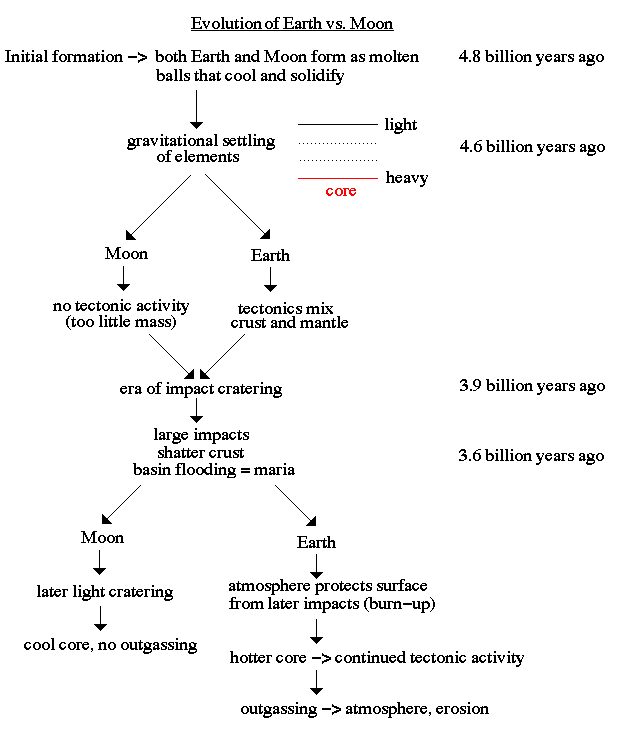
Summary:

|
|

|